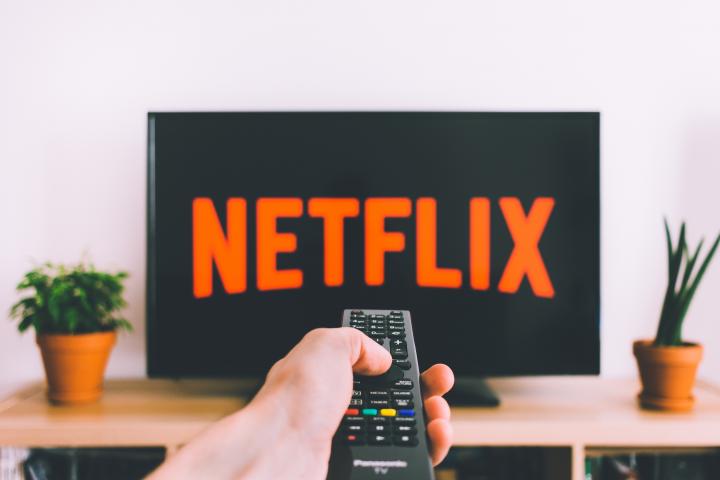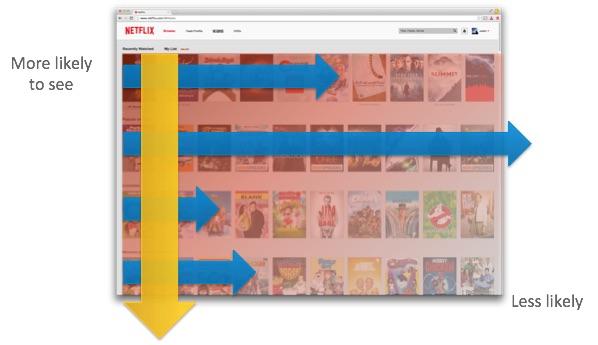

In the past decade, discussions surrounding artificial intelligence (AI) have captured a lot of media attention. While some warn that our pursuit of achieving full AI would eventually doom us, others argue that its unlimited possibilities can only work to benefit us. Whatever the outcome, the road seems to be paved, as AI brand experience can already be found in a lot of the tools we use today.
While machines can perform countless tasks better than humans can, they are mostly refined to performing only one specific task at a time. This is what engineers refer to as Artificial Narrow Intelligence (ANI). Humans, on the other hand, are far more capable of covering many possibilities in a web of interconnected and nuanced elements in order to solve a problem. This is why many products that employ AI technology are still far from perfect and require humans to constantly maintain their functions. In fact, for AI to achieve its full potential, it would need the best of both worlds.

A look inside the Tesla factory. Although its assembly lines are 95% automated, human technicians still play a vital role in the process. Recently, Elon Musk stated that it relied on too many robots to build its cars and that humans are “underrated”.
A good illustration of this is Netflix. By striking the right balance between automation and human control in its technology, the company has become one of the most disruptive brands in the media industry. Founded in 2007, the American digital streaming service first started out as a DVD rental-by-mail service. Now, it boasts around 137 million subscribers worldwide. The brand’s rise to dominance is well documented, but what truly makes Netflix stand out is its unmatched recommendation system, which utilizes AI capabilities along with human supervision to dramatically improve the brand’s product offering and the user experience.
Before we delve into Netflix’s recommendation system, let’s first look at some basic AI concepts. Whenever the topic is discussed, words like machine-learning, algorithms and big data often get lumped together. But what exactly do they mean and how do they relate to each other? Here is a short breakdown.
Artificial Intelligence: Broadly speaking, AI is intelligence demonstrated by machines, in contrast to the natural intelligence by humans.
Machine Learning: Machine learning is a current application of AI and is a method of data analysis that automates analytical model building. The key word here is automation – the ability to perform new, unseen examples and tasks after having only experienced a learning data set on its own.
Algorithm: Algorithms are a set of instructions written for machines to perform a specific task and they are how machine learning applications are possible. Sophisticated enough, they are able to learn from and make predictions on data, making them more powerful with continuous usage. For example, Google’s search algorithm becomes stronger with every search, bringing better and more relevant results each time.
Big Data: Big data is data too large to be processed by a single machine. For example, data sets from search engines and network traffic monitoring are so vast that they need to be processed by algorithms sophisticated enough to be properly analyzed
How does Netflix use all of this to enhance its product offering and elevate the overall brand experience for its viewers?
Monthly, hundreds of millions of subscribers tune into Netflix to watch more than 12,500 movies or TV shows. Without a proper system, the sheer quantity of content makes it impossible for users to effectively choose what to watch next. By analyzing and detecting patterns from data related to users’ viewing habits, Netflix is able to use sophisticated algorithms to recommend the right content tailored to each of its users, resulting in an optimal brand experience. On the platform, 75% viewer activity is based on these suggestions. But how exactly does it work?
Netflix extracts 2 main types of user data – implicit and explicit. Explicit data is when users directly give feedback about the content – a thumbs up if they enjoyed Stranger Things. The majority of useful data, however, is implicit. Implicit data is essentially behavioral data. Users might not explicitly give Orange is the New Black a thumbs up, but if the data shows that they binged-watch the series in 2 days, then it most likely indicates that users liked the show.
Some of the other implicit data Netflix collects:
These data, however, are not the only thing that fuel Netflix’s algorithms. The data might show how much you like a particular show, but how does the system come up with accurate suggestions of similar shows you are most likely to be interested in?
To know this, Netflix needs to organize content into its corresponding genre with AI brand experience. For this particular job, Netflix hires freelancers that know its content inside out (many work in the film industry) to manually tag every single piece of content with hyper-specific micro tags (e.g. “understated romantic road trip movie”). It is only by matching this information with the implicit data can Netflix’s algorithms sort viewers into homogenous clusters- viewers who tend to like and watch the same genre, tone or style of content – and make the corresponding suggestions. Finally, this determines everything from what recommendations appear on the top of every onscreen interface, which genre rows are displayed to how each specific row is organized.

How the rows and columns on your Netflix feed are arranged to fit your specific viewing preferences.
Why then, can’t machines do this part of the job? The key difference here is that humans can draw fairly accurate conclusions from low amounts of data. Machines, as illustrated above, rely on having lots of data. For example, a system told to differentiate horror movies from romantic dramas require hundreds if not thousands of such movies as reference points, searching for very specific features the algorithm was pre-programmed to look for. In reality, a genre is not defined by a single element but an amalgamation of camera placement, dialogue, color grading, costume, props, demeanor and many more. Every movie also expresses them in a slightly different way and sometimes even lumps genres together – a horror film can have a romantic thread and vice versa. This makes it virtually impossible to come up with a standardized set of instructions for machines to effectively differentiate between movie genres. Humans, on the other hand, can differentiate them almost immediately by exercising generalization based on past viewing experiences. Without the hyper-specific micro tags that human analysts manually generate, Netflix’s system can’t draw the relevant recommendations to each user, no matter how powerful the algorithms can be in analyzing a mountain of implicit data. In other words, the AI brand experience, without a human touch, is not whole.

Netflix’s AI Brand Experience algorithms go beyond the recommendation system. The company has recently built a system that selects tailor-made thumbnails that are most likely to drive engagement from users, showcasing how artificial intelligence enhances the brand’s customer experience by delivering personalized content.
For many brands, automation is simply the more cost-effective and efficient way to perform repetitive and monotonous tasks. It is however important to recognize that many current applications are refined to ANI, and attempts to improve them must require human guidance and supervision, especially by experts who have the knowledge and insights about the related subject. For Netflix, by offloading work that cannot be effectively done by humans yet still maintaining the role of experts to optimize machine generated results, the company has created one of the most accurate and powerful recommendation systems in the world.
As H. James Wilson and Paul R. Daugherty puts it, new breakthroughs in AI will be in complementing and augmenting human capabilities, not replacing them. For AI technology to reach its full potential, it would require as much input from us as we desire from these machines. And when done thoughtfully, AI can be hugely helpful in developing businesses’ core competency, elevating both the brand’s product offering and the AI brand experience.
A Labbrand Group Company © 2005-2024 Labbrand All rights reserved
沪ICP备17001253号-3To improve your experience, we use cookies to provide social media features, offer you content that targets your particular interests, and analyse the performance of our advertising campaigns. By clicking on “Accept” you consent to all cookies. You also have the option to click “Reject” to limit the use of certain types of cookies. Please be aware that rejecting cookies may affect your website browsing experience and limit the use of some personalised features.